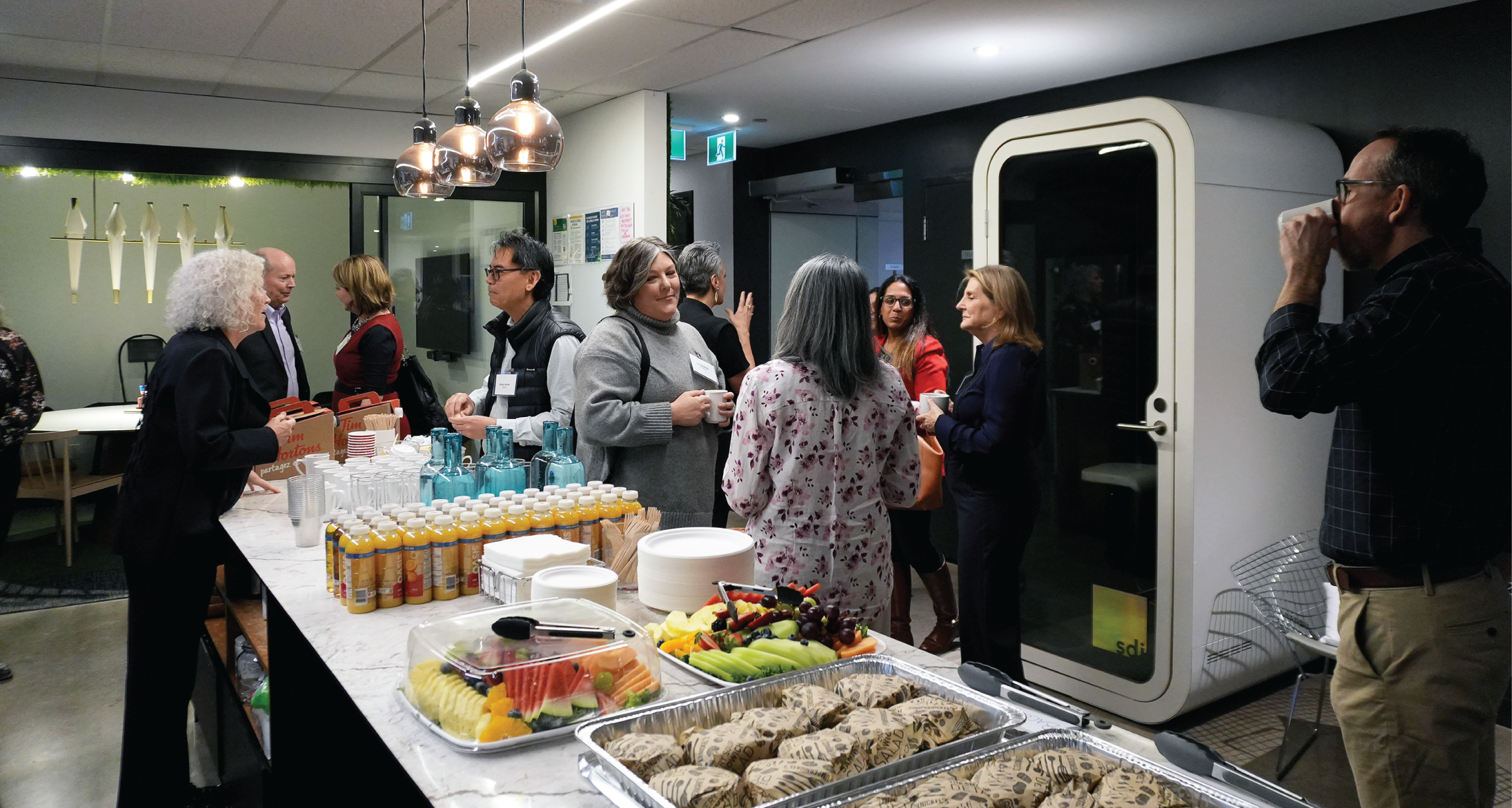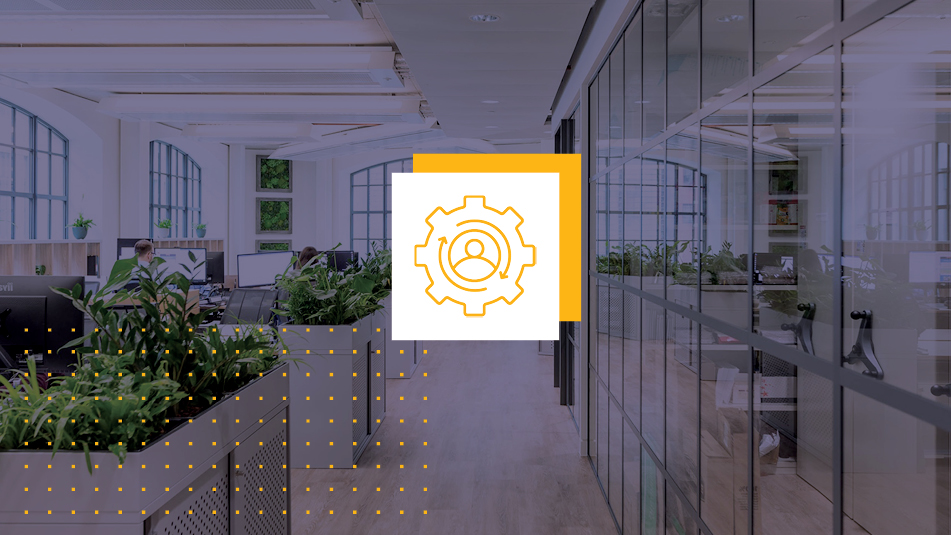The ongoing COVID-19 pandemic has forced many companies to work remotely or stagger their workforce, bringing long-held workplace norms under new scrutiny. While these new work solutions provide flexibility, time is needed to accurately assess their effect on productivity, collaboration and employee satisfaction. Below we explore the evolution of Key Performance Indicators (KPIs) and offer a glimpse of what companies can expect in the future.
What's a KPI?
A Key Performance Indicator (KPI) is a measurable value that illustrates how effectively a company is achieving key business goals.
Traditional KPIs (Prior to COVID-19)
Cost-efficiency is always a primary driver, but recent years show an emphasis on the workplace and its effect on innovation, collaboration and the employee experience.
Traditional KPIs include:
Cost
- Cost per employee
- Cost per square foot
- Occupancy as a % of revenue
- Operating expenses
- Number of locations
Culture and Engagement
- Square foot per employee
- Meeting seat per employee
- Peak and average attendance
- Employee to work seat ratio
- Open v. enclosed workspaces
- Amenity percentage
- Employee pulse
KPIs for Re-entry
As companies plan for re-entry, they must shift their focus to new health and wellness standards. It’s equally important to track the impact of these new standards on employee productivity and the client experience.
KPIs for the Re-entry Phase include:
Space Utilization Rates
- SF per employee
- SF per seat
Health and Wellness
- Sick days taken per period
- Number of employees returning to office per period
Client Service
- Number of client engagements per period
- Quality of client engagements per period
KPIs for the Future
As companies settle into their modified operating models, they will continue to prioritize profitability and productivity. Simultaneously, both employees and clients will expect companies to promote health and wellness in the workplace.
KPIs for the Future may include:
Cost
- Total cost of real estate per full time employee
- Cost per employee v. Cost per remote employee
- Healthcare cost per employee
- Technology costs (% of total occupancy cost)
- Health and safety measures cost (% of total occupancy cost)
Employee Productivity and Wellness
- Average work time (office v. remote)
- Sick days taken per location
- Preference for office or remote work
- Building certifications Fitwel® and WELL by Delos™
Space Utilization Rates
- Density rate (daily threshold %)
- SF per employee / SF per seat
- Common space requirements (increase/decrease)
Download your copy of The New KPIs.


